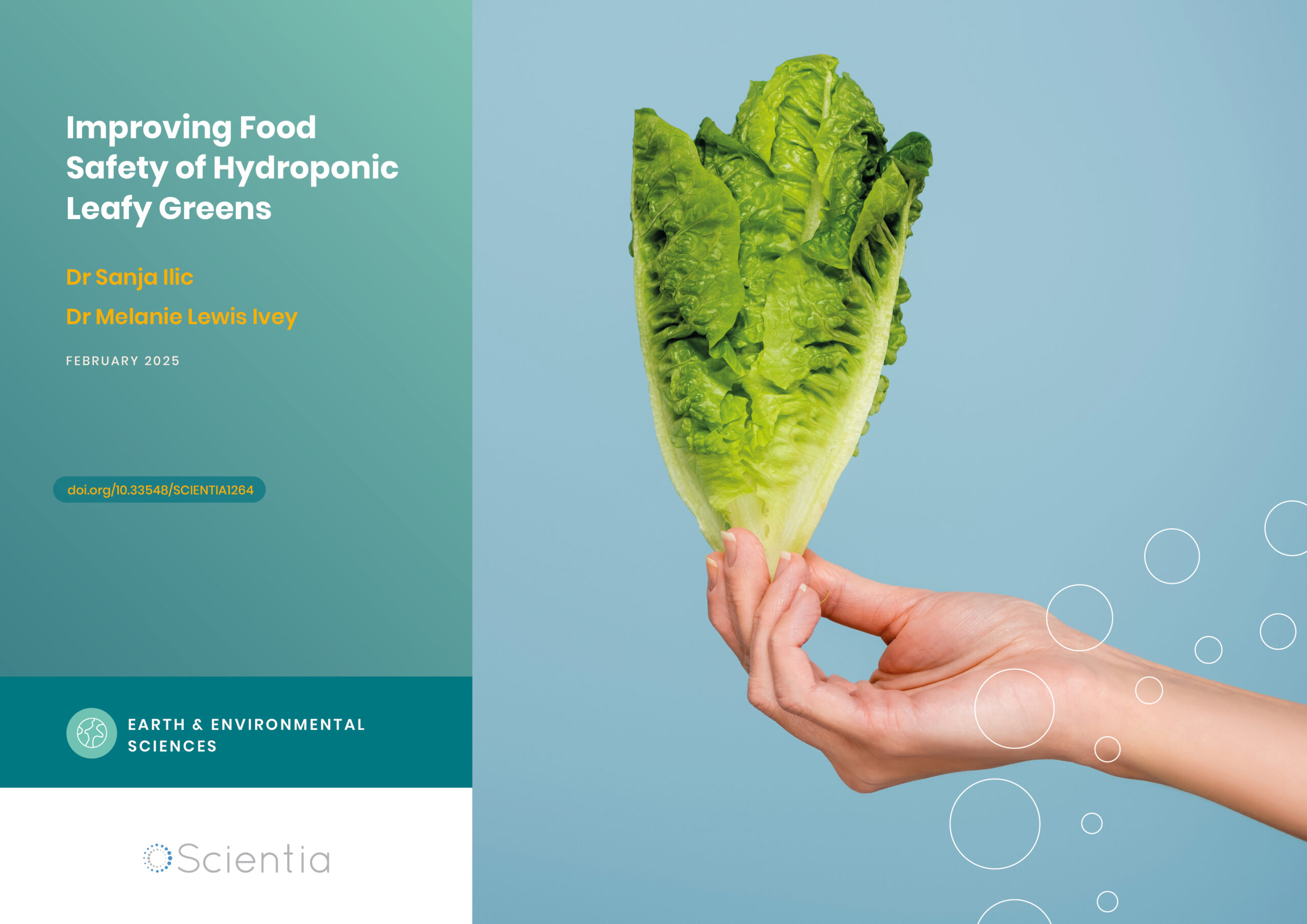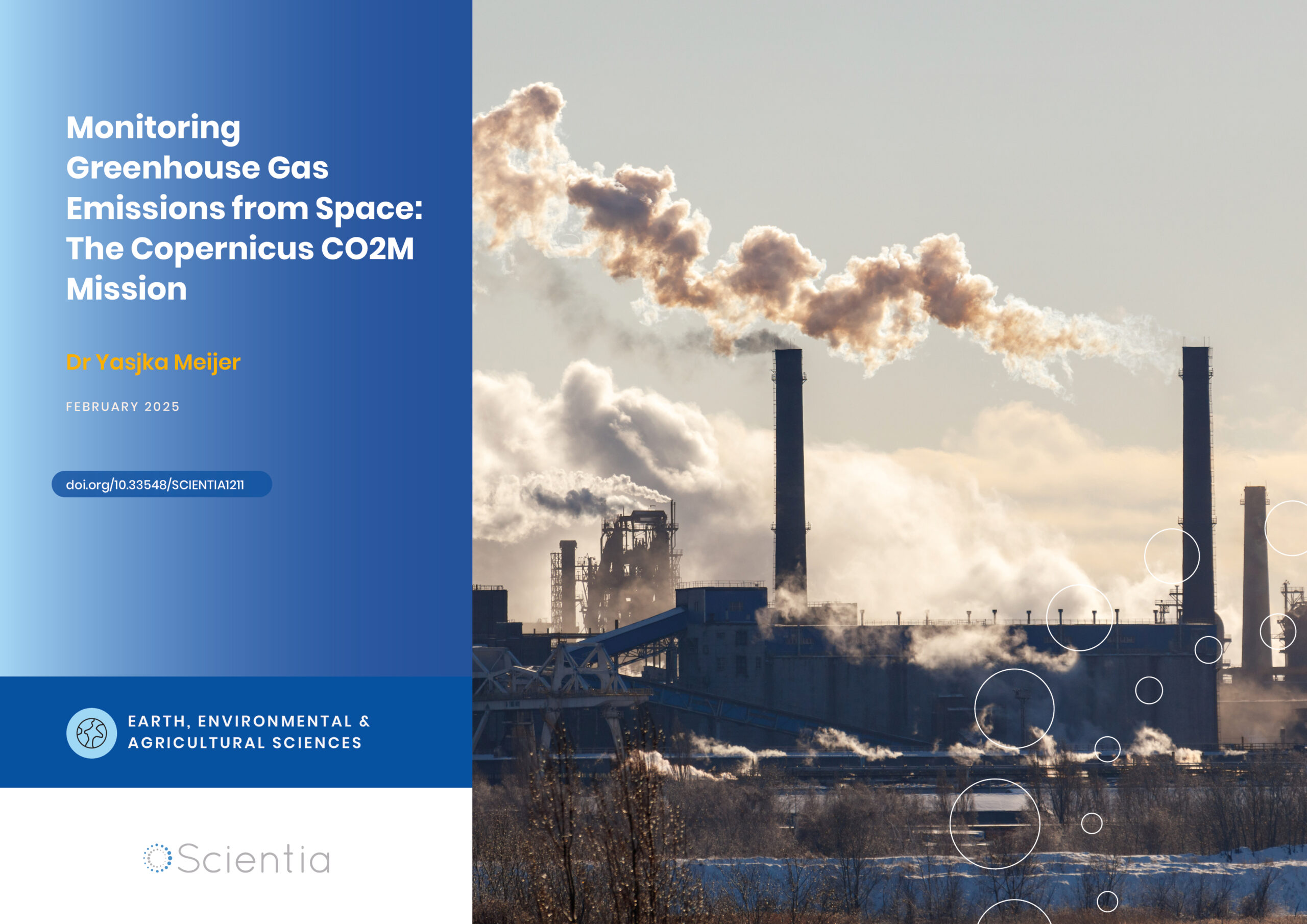Dr Charles Coutant | Dams, Disruption, and the Plight of the Chinook Salmon: Unravelling the Mystery of Delayed Migration
The Snake River in the northwestern United States was once home to abundant populations of Chinook salmon. However, the building of hydropower dams has led to a dramatic drop in their numbers and puzzling changes in their migratory behaviour. Dr Charles Coutant and other biologists in the region embarked on a mission to uncover exactly how these dams are interfering with the crucial downstream journey of young Chinook salmon. His creative approach, drawing on knowledge from many different fields, has revealed a hidden culprit that may be throwing these fish off course.
A Struggle to Survive in the Snake River
The Snake River is a major tributary of the Columbia River that winds through the rugged landscapes of the northwestern United States. Historically, it was a haven for Pacific salmon, including the Chinook salmon. These remarkable fish were adapted perfectly to the river’s natural flow patterns, with different groups following precise migration schedules to reach their spawning grounds and then return to the open ocean.
However, the construction of four hydropower dams on the lower Snake River between 1962 and 1975 took a heavy toll on the Chinook salmon. Even though the dams are meant to let the river keep flowing naturally, the way they release water in pulses to meet changing electricity demands throughout the day has disrupted the river’s natural rhythms. As a result, the Chinook salmon populations have dwindled dramatically. Some groups are now so threatened that they are protected under the Endangered Species Act. Understanding what is behind this decline is crucial for effectively managing and conserving these iconic fish.
The Puzzle of the Slow Young Salmon
While examining this decline, Dr Charles Coutant noticed something odd about the behaviour of the young fish. Typically, these juvenile salmon would make their way downstream to the ocean during the summer months, ready to start their adult lives. But after the dams were built, many of these youngsters seemed to lose their sense of urgency. Instead of rushing to the sea, about a third of the young fish were slowing down and even spending the whole winter in the reservoirs created by the dams. This delayed migration perplexed scientists, who proposed various theories to explain it. Some thought the dams and reservoirs might have caused the fish to evolve into a new ‘reservoir lifestyle’. Others blamed changes in the river environment. Dr Coutant, however, suspected another factor might be at play – the altered hydraulics of the reservoirs themselves.
The Surprising Discovery of Sloshing Reservoirs
To investigate this hypothesis, Dr Coutant analysed archived hourly water elevation data collected at the dams. In three of the four reservoirs, he spotted the telltale signs of ‘seiches’ – a kind of standing wave that makes the water slosh back and forth. These coincided with the period of delayed migration.
Seiches are a well-known phenomenon in natural lakes, where they can be triggered by wind, changes in air pressure, or even earthquakes. However, their presence in reservoirs remains relatively unstudied. Dr Coutant’s analysis revealed that the cause of seiches in the Snake River reservoirs was the dams themselves, with the rapid changes in dam discharge during power-peaking operations causing fluctuations in water release.
How Seiches Could Throw Salmon Off Course
Next, Dr Coutant investigated how these water movements might affect the fish. When seiches occur, they create a complex underwater dynamic, with currents moving back and forth and up and down throughout the reservoir. Dr Coutant examined the scientific literature on fluid dynamics, fish behaviour, and ecology to piece together how this unusual water motion could affect migrating salmon. He reasoned that the constantly changing currents could scramble the hydraulic cues that the fish use to navigate downstream.
To put this theory to the test, Dr Coutant turned to data from high-tech fish tracking studies in one of the reservoirs. He found that the tracked fish showed unusual behaviours, such as pausing randomly or even heading upstream instead of downstream. This supported his hypothesis that the salmon were getting mixed signals from the seiches in the water.

Seiches as a Final Stressor
While the seiches caused by hydropower dams seem to be a critical factor in disrupting salmon migration, Dr Coutant is quick to point out that they are probably not the only culprit. The salmon are likely facing a whole gauntlet of challenges as they make their way downstream. The cold water released from dams upstream could be stunting the growth of the young fish, delaying their readiness to migrate. The lower water levels in autumn could make it harder for them to get downstream. Reduced food options in the reservoirs could be leaving them undernourished. And as the days get shorter and colder, the late-arriving stragglers might start to lose their migratory urge.
Dr Coutant believes that the seiches might be the last straw for the salmon – the final hurdle in a long, stressful journey full of complex environmental factors that ultimately leads them to put their migration on hold. This holistic view, considering the entire life history of the fish and the multiple stressors they face, provides a more comprehensive basis for effective management and conservation strategies.
Turning the Tide for Snake River Salmon
By shining a light on the hidden role of seiches in disrupting salmon migration, Dr Coutant’s research has opened up exciting new possibilities for helping these ecologically, economically, and culturally important fish. The findings suggest that modifying the timing and intensity of hydropower dam operations to minimise these disruptive water movements might help give the salmon a smoother ride downstream.
However, Dr Coutant stresses that a holistic approach, addressing the multiple stressors faced by migrating salmon, is necessary for effective conservation. To really make a difference for the Snake River salmon, we need to tackle all the pieces of the puzzle – from the water quality and flow to the availability of food and hiding spots. It’s a tall order, but one that’s essential if we want to see these incredible fish thriving in our rivers once again.
As we grapple with the challenges of climate change and the urgent need for clean energy, Dr Coutant’s work is a powerful reminder that everything in nature is interconnected. By changing the way rivers flow to suit our own needs, we can unintentionally create problems for the other creatures that call these waterways home. Only by understanding these challenges can we hope to find solutions that balance our own needs with those of the ecosystems we inhabit.
SHARE
DOWNLOAD E-BOOK
REFERENCE
https://doi.org/10.33548/SCIENTIA1120
MEET THE RESEARCHER

Dr Charles C Coutant
Oak Ridge, TN
USA
Dr Charles Coutant began his research career in 1959 as a National Science Foundation Undergraduate Research Participant at Lehigh University, where he received his PhD in ecology in 1965. He has devoted his career to aquatic ecological research and analysis to meet societal needs, working at Battelle Pacific Northwest Laboratory and Oak Ridge National Laboratory. Dr Coutant has made significant contributions to developing aquatic biological criteria for the siting, design, and operation of electricity generating stations and served as President of the American Fisheries Society. He retired in 2005 as a Distinguished Research Staff Member of Oak Ridge National Laboratory but continues to consult on topics related to electric power production and the environment. Dr Coutant is a Fellow of the American Association for the Advancement of Science, American Fisheries Society, and American Institute of Fishery Research Biologists.
CONTACT
E: ccoutant3@comcast.net
FURTHER READING
C Coutant, Hydropower peaking and stalled salmon migration are linked by altered reservoir hydraulics: A multidisciplinary synthesis and hypothesis, River Research and Applications, 2023, 39(8), 1439–1456. DOI: 10.1002/rra.4146
C Coutant, Turbulent attraction flows for guiding juvenile salmonids at dams, American Fisheries Society Symposium, 2001, 26, 57–78.
REPUBLISH OUR ARTICLES
We encourage all formats of sharing and republishing of our articles. Whether you want to host on your website, publication or blog, we welcome this. Find out more
Creative Commons Licence (CC BY 4.0)
This work is licensed under a Creative Commons Attribution 4.0 International License. 
What does this mean?
Share: You can copy and redistribute the material in any medium or format
Adapt: You can change, and build upon the material for any purpose, even commercially.
Credit: You must give appropriate credit, provide a link to the license, and indicate if changes were made.
SUBSCRIBE NOW
Follow Us
MORE ARTICLES YOU MAY LIKE
Improving Food Safety of Hydroponic Leafy Greens
Hydroponic farming is experiencing rapid growth worldwide, offering a sustainable and efficient method of producing fresh, nutrient-rich crops. However, the unique conditions of hydroponic systems also present complex food safety challenges. Dr Sanja Ilic and Dr Melanie Lewis Ivey, researchers at The Ohio State University, are at the forefront of efforts to understand and mitigate the risks of human pathogen contamination in commercial hydroponic production. Their pioneering work is providing crucial insights and practical guidance to help ensure the safety and nutritional value of hydroponically grown leafy greens.
Dr Yasjka Meijer | Monitoring Greenhouse Gas Emissions from Space: The Copernicus CO2M Mission
Atmospheric concentrations of carbon dioxide (CO2) and methane (CH4) have been steadily rising due to human activities, contributing to global climate change. Dr Yasjka Meijer from the European Space Agency is responsible for the objectives and requirements of the Copernicus Anthropogenic Carbon Dioxide Monitoring (CO2M) mission – a constellation of satellites that will enable the monitoring of anthropogenic greenhouse gas emissions from space with unprecedented accuracy and detail. This groundbreaking mission aims to support international efforts to reduce emissions and combat climate change.
Renewable Fuel for a Generation of Green Batteries
Revolutionizing energy production has been integral to combatting climate change and reducing our dependence on limited natural resources, but complementary advances in energy storage have been lacking. Dr Thomas Guarr and Dr David Hickey from Michigan State University lead their team in investigating a counterintuitive molecular mechanism which could support a wave of green, renewable, and cheap batteries. If practical, this technology might be the crucial leap towards an entirely green energy system.
RK Pete Wade | Seeing the Wood for the Trees – A Better Way to Measure Forest Density
In the world of forestry, understanding how densely packed trees are in a given area is crucial for effective forest management. However, traditional methods for measuring this ‘stand density’ have limitations. Now, a new approach developed by an independent researcher offers a more nuanced and accurate way to assess forest density across different species and environments.





